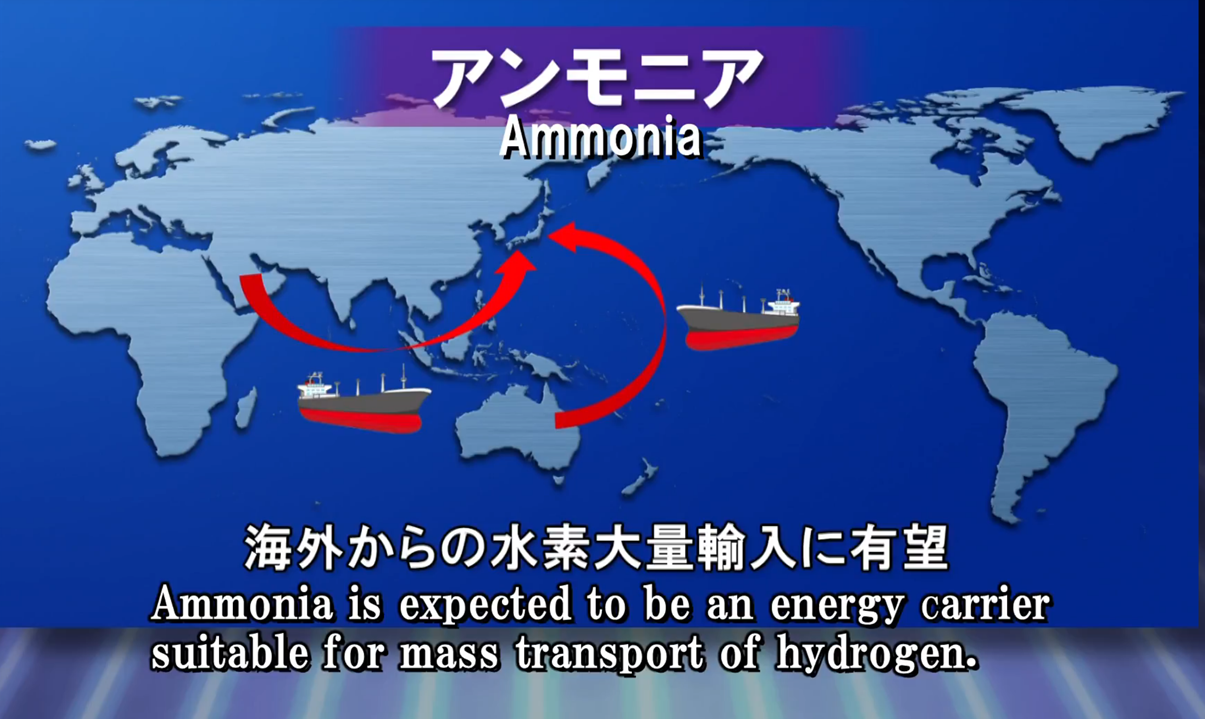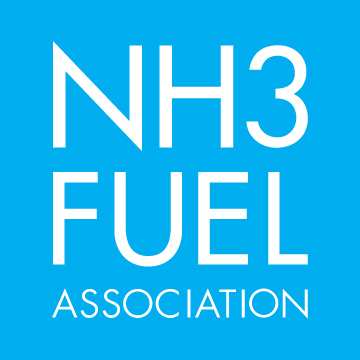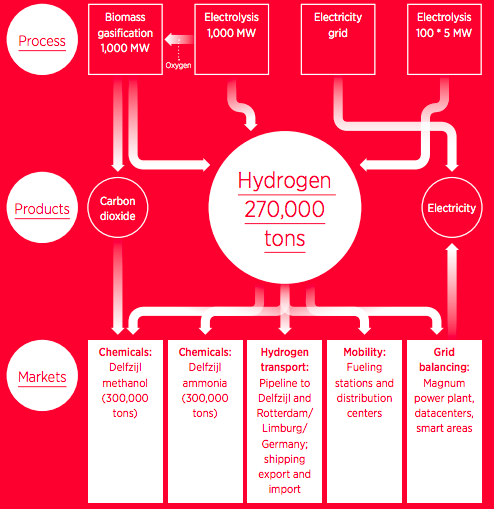Battolyser update: combined battery-electrolyzer technology wins industry contest, targets TRL8 in 2020
Dutch start-up Battolyser BV was today declared the winner of Industrial Energy Enlightenmentz 2018. The award was announced at the annual Industry & Energy event, held at the Brightlands Chemelot Campus in Geleen, which this year focused on the theme When Electrons Power Molecules. At the NH3 Energy+ Topical Conference last month, Hans Vrijenhoef of Proton Ventures gave the opening presentation, co-authored by Fokko Mulder of TU Delft, in which he described the battolyser's robust combination battery and electrolyzer. He also mapped out Battolyser BV's technology development and investment pathway, beginning with the kW-scale pilot plant that is already underway and expected to be operational by Spring 2019, and a MW-scale, modular, containerized plant which should be complete by the end of 2020. Reaching a technology readiness level of TRL8, Battolyser BV then aims to increase industrial scale swiftly, demonstrating a 100 MW unit by 2025 and a 1 GW battolyser by 2030.








